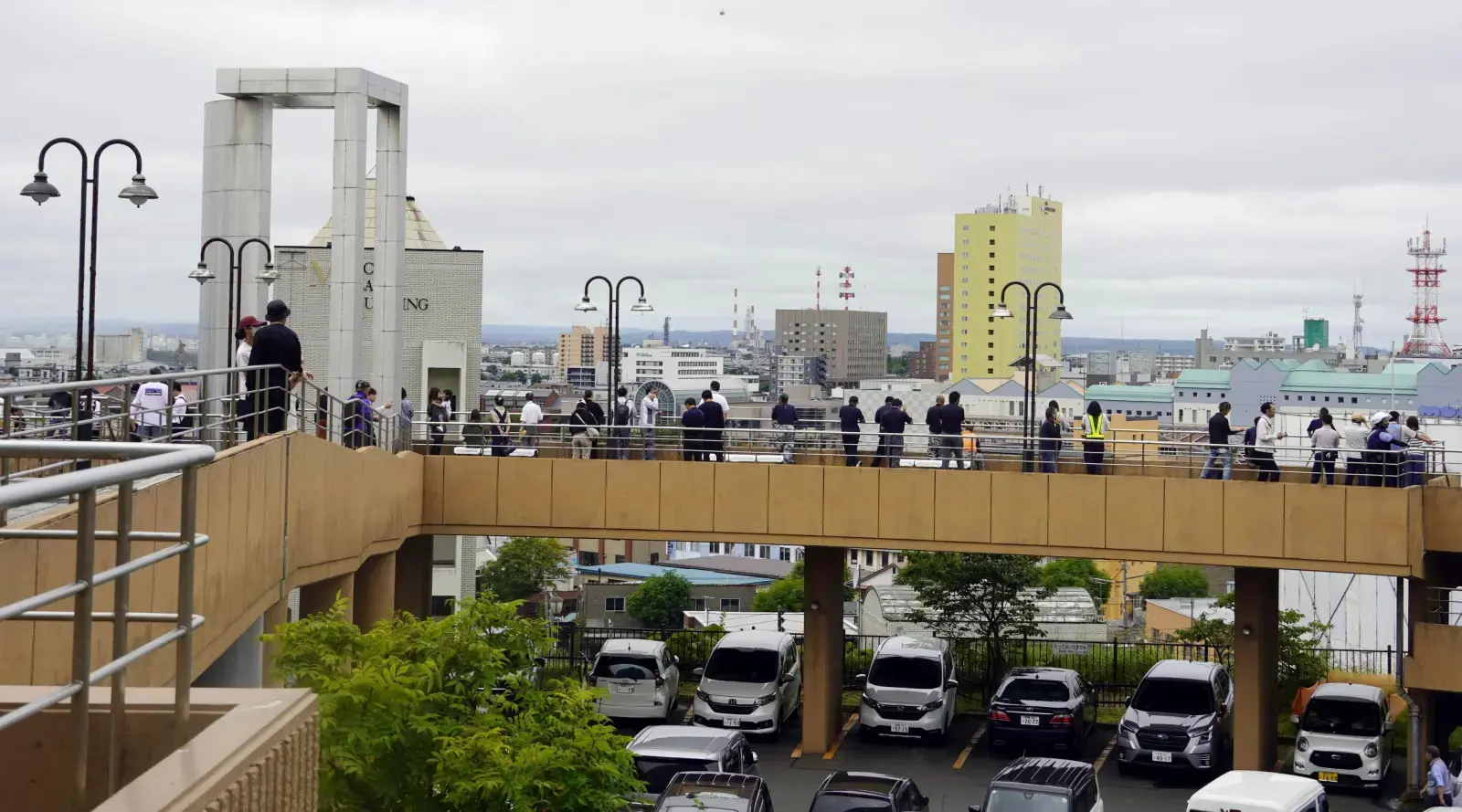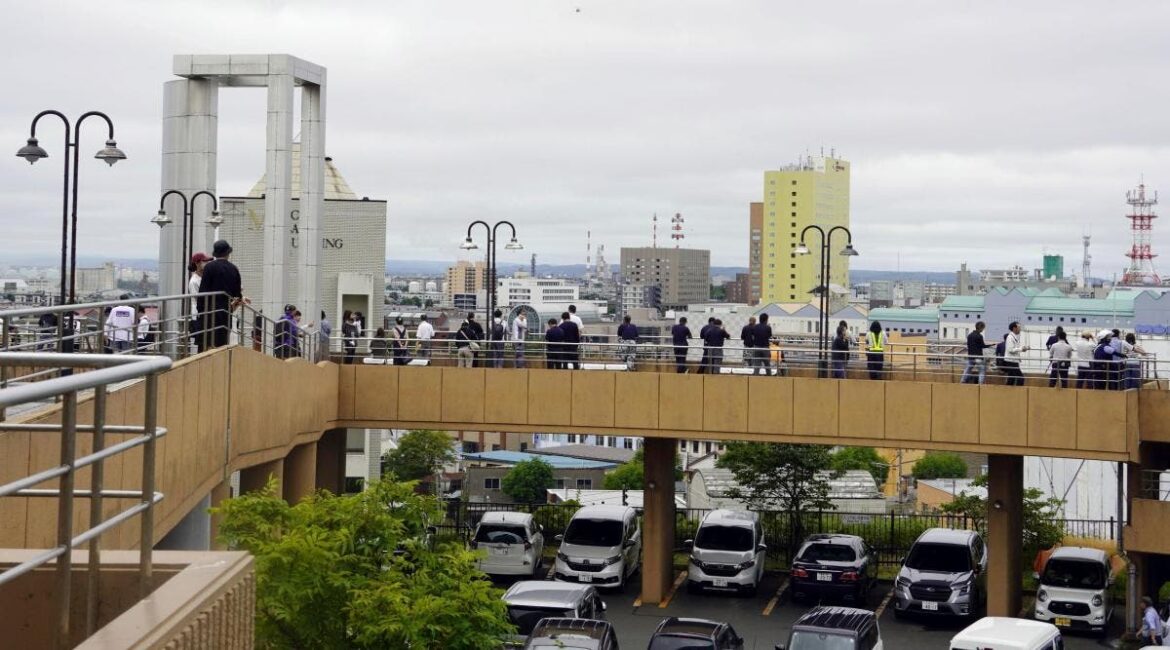An earthquake with a preliminary magnitude of 5.9 struck off eastern Hokkaido in northern Japan early Saturday, the Japan Meteorological Agency said. Officials confirmed there was no threat of a tsunami.
The agency said the quake occurred southeast of the Nemuro Peninsula at a depth of about 25 miles around 1:40 a.m. local time. It registered lower 5 on Japan’s seismic intensity scale of 7 in parts of Hokkaido.
The Fire and Disaster Management Agency issued an emergency alert at the time of the quake, predicting strong shaking in the area. The government established a liaison office at the prime minister’s office to coordinate the response.
Hokkaido is known for its rugged natural beauty, cold winters and thriving agricultural and seafood industries. The island covers roughly 32,000 square miles and is home to about 5 million people, making it far less densely populated than Japan’s other main islands.
Hokkaido’s capital, Sapporo, is famous for its annual snow festival and hosted the 1972 Winter Olympics. Located about 510 miles north of Tokyo, Hokkaido is accessible by air in about 1.5 hours or via the undersea Seikan Tunnel, which connects it to Japan’s main island of Honshu.
 Earthquakes in Northern Japan: What to Know
Earthquakes in Northern Japan: What to Know
Hokkaido, Japan’s northernmost island, is one of the country’s most seismically active regions due to its location near the boundary between the Pacific and North American tectonic plates. Earthquakes occur frequently around the island, particularly off its eastern and southern coasts, where the Pacific Plate is subducting beneath the North American Plate in the Kuril Trench — one of the most active seismic zones in the world.
The most powerful earthquake ever recorded in northern Japan struck on March 11, 2011, when a magnitude 9.0 temblor hit off the coast of the Tohoku region. The quake, centered about 43 miles east of Miyagi Prefecture, unleashed a massive tsunami with waves more than 130 feet high in some areas. Entire towns were wiped out, and more than 18,000 people were killed or went missing as the water surged inland, devastating coastal communities and infrastructure across northeastern Japan.
The disaster also triggered a catastrophic failure at the Fukushima Daiichi Nuclear Power Plant, leading to meltdowns in three reactors and the release of radioactive material in what became the world’s worst nuclear crisis since Chernobyl. The quake, which shifted Earth’s axis slightly and shortened the length of the day, remains Japan’s most destructive natural disaster in modern history. It prompted sweeping reforms in disaster preparedness, tsunami defenses and nuclear safety standards that continue to shape Japan’s policies today.
Updates: 10/24/25, 4:43 p.m. ET: This article was updated with new information.
This article includes reporting by the Associated Press.


AloJapan.com